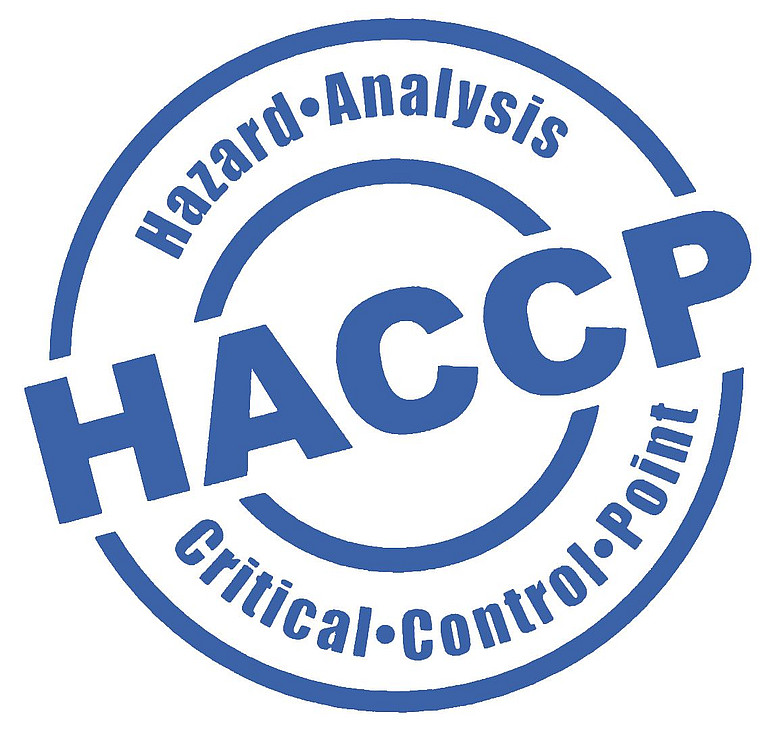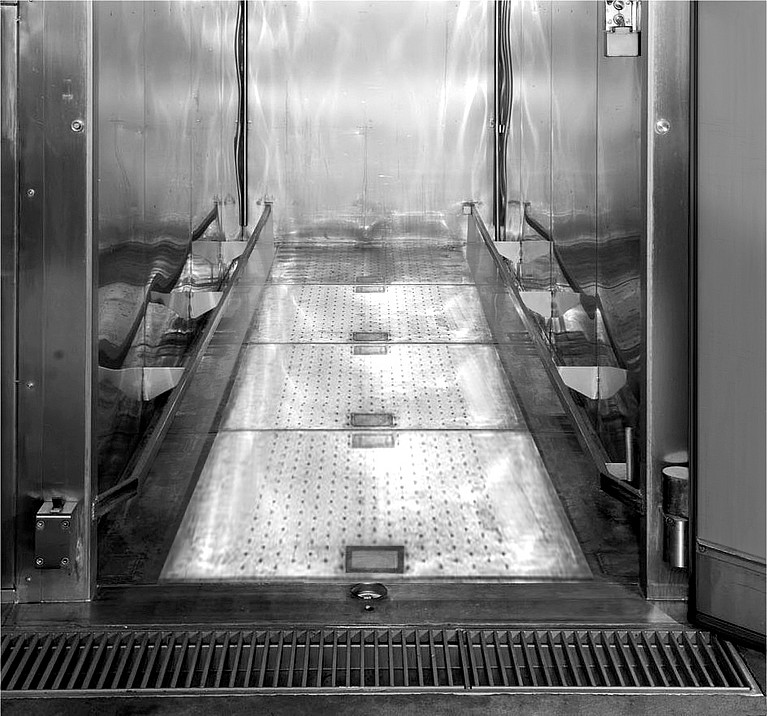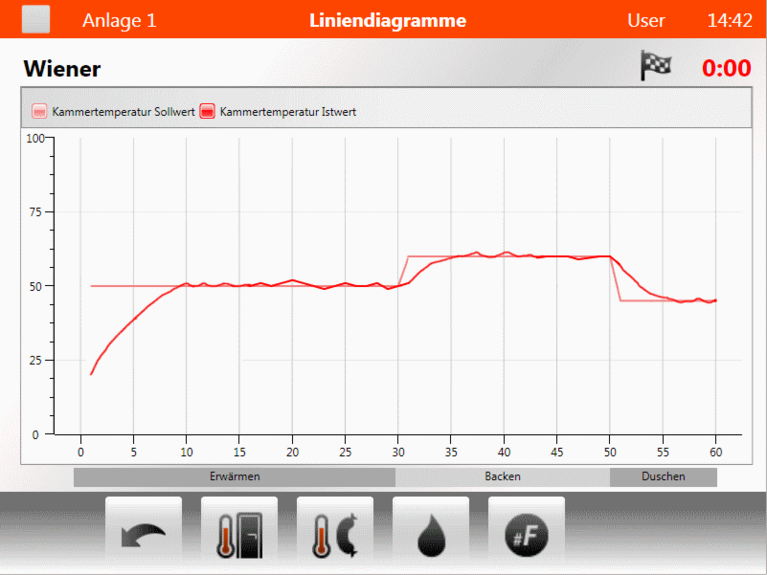The development of HACCP
The Hazard Analysis and Critical Control Point-concept was developed in 1959, when the American “National Aeronautics and Space Administration” (NASA) was looking for a supplier to provide 100 % safe food products for their astronauts in space. To meet this goal, the food producer “Pillsbury” applied the military “Failure Mode and Effects Analysis” on the food industry – and established a standard-procedure for food safety, which is used worldwide today.
In 1993, the United Nations included the HACCP in their “Codex Alimentarius”, the internationally valid collection of standards for food safety. In the USA, the concept was prescribed by law even earlier (since 1985), the European Union followed in 2004 by determining a new “Hygiene package” which bans all products processed without HACCP-plan on European territory.
Principles of HACCP
The HACCP is a tool to help processors ensuring the safety of their food products. Therefore, the process steps during the food manufacturing that can lead to a contamination of the products with physical, biological or chemical impurities need to be detected. After that, those critical steps can be monitored and preventive actions to avoid or minimize the risks can be taken.
To be effective, the HACCP must be prepared specifically for each manufacturing process, following the seven basic steps prescribed by the UN:
1. Execution of a Hazard-Analysis
The Hazard-Analysis enables to determine dangers for the food safety and develop preventive measures to control them.
2. Identification of Critical Control Points
A Critical Control Point (CCP) is a process step, where a detection of contaminants in the product is possible and actions to avoid or decrease the risks can be implemented.
3. Determination of limit values for each CCP
It is important to determine maximum or minimum values for each CCP, which the hazards must not exceed or undercut.
4. Introduction of CCP monitoring procedures
Monitoring activities are necessary to ensure, that all CCPs are within their limit values at all time. If this is not the case, the system has to initiate an alarm.
5. Determination of corrective actions
If the monitoring indicates a deviation from the limit value at a CCP, corrective actions to restore the safe conditions need to be initiated. These actions ensure that the products can not pose any risk for the consumer.
6. Introduction of procedures to ensure the HACCPs error-free operation
A verification of the HACCP plan ensures that the system is working as intended at all time and guarantees a contamination-free and safe final product. This procedure includes actions like a review of the CCPs, their critical limits and an analysis of microbial samples.
7. Establish record keeping procedures
All steps of the HACCP process - like the Hazard analysis, the written HACCP plan, records of the CCP monitoring, etc. - must be documented and stored.



